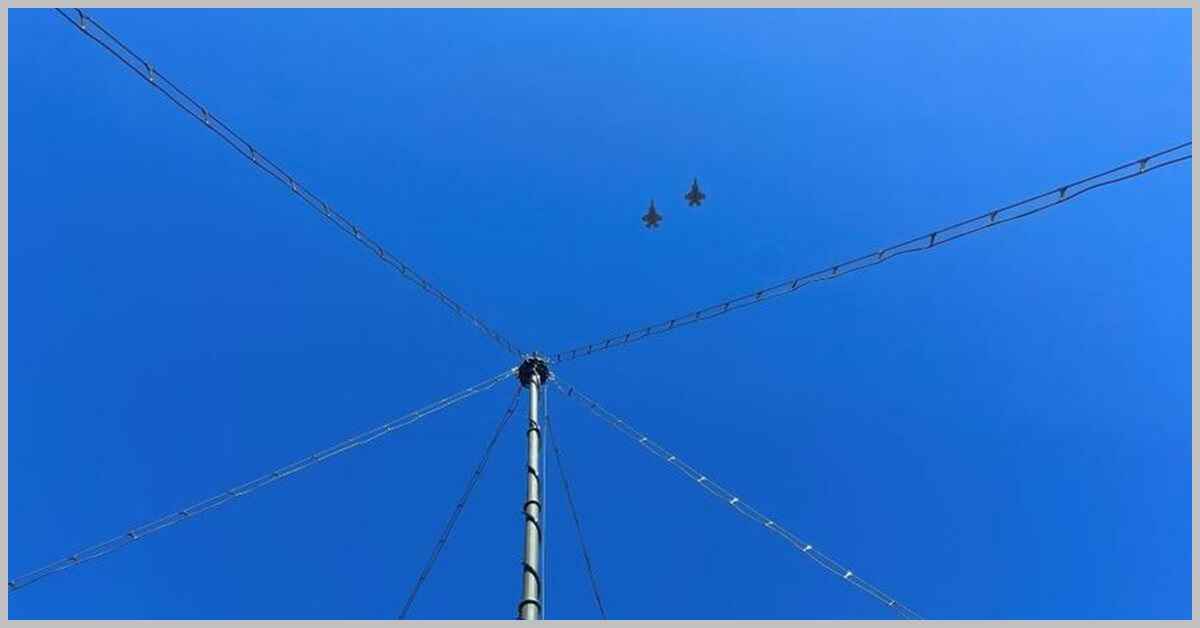Leidos‘ Dynetics subsidiary and LInC innovation center are working to develop sensor technology designed to provide the U.S. Marine Corps with a 360-degree coverage area to identify the presence of air-based threats.
The Marine Expeditionary Long-range Persistent Surveillance system employs a threat-sensing approach and seeks to avoid transmitting electromagnetic signals an adversary may detect, Leidos said Thursday.
MELPS is based on the Army Long Range Persistent Surveillance technology Dynetics built to help soldiers defend against attack drones and cruise missiles.
Matt Becker, vice president and division manager for integrated tech solutions at Leidos, said ALPS and MELPS offer wide-area monitoring coverage for different air-breathing target classes.
“This new class of sensors is powered by emerging technology like GPU-based high-performance computing that allows them to process a significant workload while minimizing latency, as well as algorithmic advances to process large amounts of sensor data in real time,” he added.
Leidos demonstrated an MELPS prototype at the Army-led technology experiment called Project Convergence last year and plans to showcase the system at a Huntsville, Alabama, symposium for the space and missile defense community this summer.





